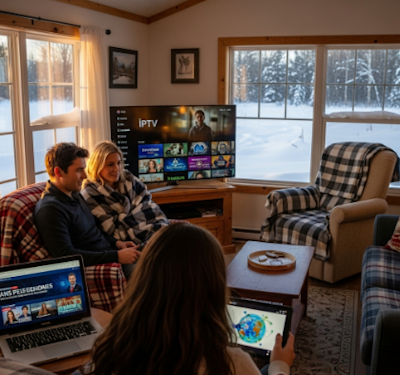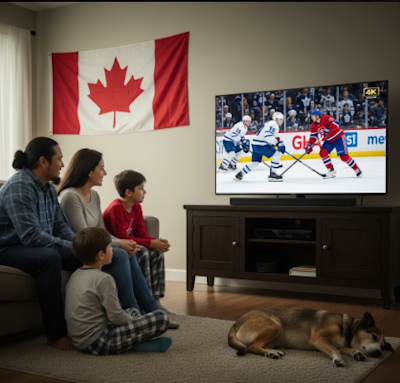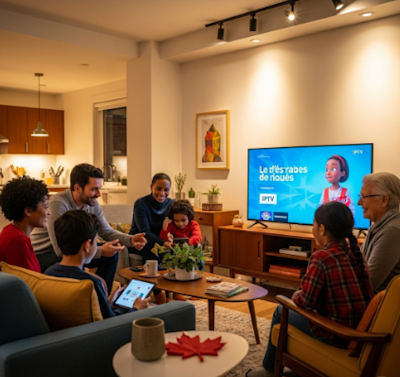Access to high-quality television in rural Canada has long been a challenge. Satellite services can be expensive, cable lines don’t always reach remote towns, and internet speeds vary greatly. But the emergence of IPTV — Internet Protocol Television — is rapidly changing the game. It's offering Canadians in even the most remote areas a modern, flexible, and powerful alternative to traditional TV.
Rural TV in Canada: A Longstanding Struggle
In places like northern Alberta, the Maritimes, and parts of Quebec or Saskatchewan, many residents have historically been limited in their TV options. Traditional satellite television often came with:
High installation fees
Weather-dependent signals
Delays or restrictions in content access
A lack of international channel variety
Cable TV wasn’t even an option for many due to infrastructure limitations. This meant fewer choices and lower quality for rural viewers — until IPTV entered the scene.
How IPTV is Changing Rural Viewing Habits
IPTV doesn’t rely on satellites or coaxial cables. Instead, it uses internet connectivity to deliver live TV, on-demand content, and more. With the rollout of better rural broadband (including Starlink and other satellite internet solutions), Canadians in smaller towns can now stream:
Canadian channels in HD and 4K
International movies and series
Live sports without delays
Local content, weather, and news
All with smoother streaming and fewer interruptions than ever before.
Benefits of IPTV in Remote Communities
No Need for Cable Infrastructure – as long as internet is available, IPTV works.
Diverse Multilingual Content – rural communities with immigrant populations can enjoy native-language shows and news.
Lower Monthly Costs – IPTV is often more affordable than bundled satellite packages.
Support for Smart Devices – IPTV works on TVs, phones, tablets, laptops – perfect for households with limited screens.
Educational and Cultural Advantages
In rural areas where educational resources may be more limited, IPTV provides a valuable tool. Children and teens can access:
Educational channels
Documentaries in English and French
History and science shows
Language-learning content
This can support schoolwork and family-based learning in ways cable or satellite never could.
Sports and Events Without Delay
Sports fans in remote areas no longer have to suffer from signal lags or missed broadcasts. IPTV providers offer:
Access to all major sports leagues (NHL, CFL, NFL, FIFA, UFC, etc.)
Pay-per-view fights
Multiple commentary languages
Replay options and event archives
For communities where hockey is more than just a pastime, this is revolutionary.
IPTV vs Traditional Services in Rural Areas
Feature | IPTV | Satellite/Cable |
Installation Cost | Low to none | High |
Signal Stability | High (if good internet) | Prone to weather issues |
Content Variety | Extremely broad | Often limited |
Language Support | Multi-language | Limited |
On-demand Function | Built-in | Rare or unavailable |
What Rural Canadians Need to Get Started
To enjoy IPTV in a rural area, residents typically need:
A stable internet connection (at least 15 Mbps recommended)
A compatible device (smart TV, phone, or IPTV box)
An IPTV subscription with good support and Canadian server access
Optional: a VPN for accessing geo-restricted content
Is IPTV Legal in Canada?
IPTV itself is legal. However, some providers offer pirated or unauthorized content. To stay safe:
Use reputable IPTV providers with transparent channel listings.
Avoid services that advertise “free everything” or suspicious pricing.
Look for services based in Canada or with support based here.
Future of Rural Entertainment
IPTV is more than just a tech upgrade — it's a cultural equalizer. It ensures that no matter where you live in Canada, you can enjoy the same entertainment experience as someone in Toronto or Vancouver. It connects people, delivers global culture, and supports rural resilience.
With broadband expansion continuing, the future of IPTV in rural Canada looks bright — and it’s only getting better.










